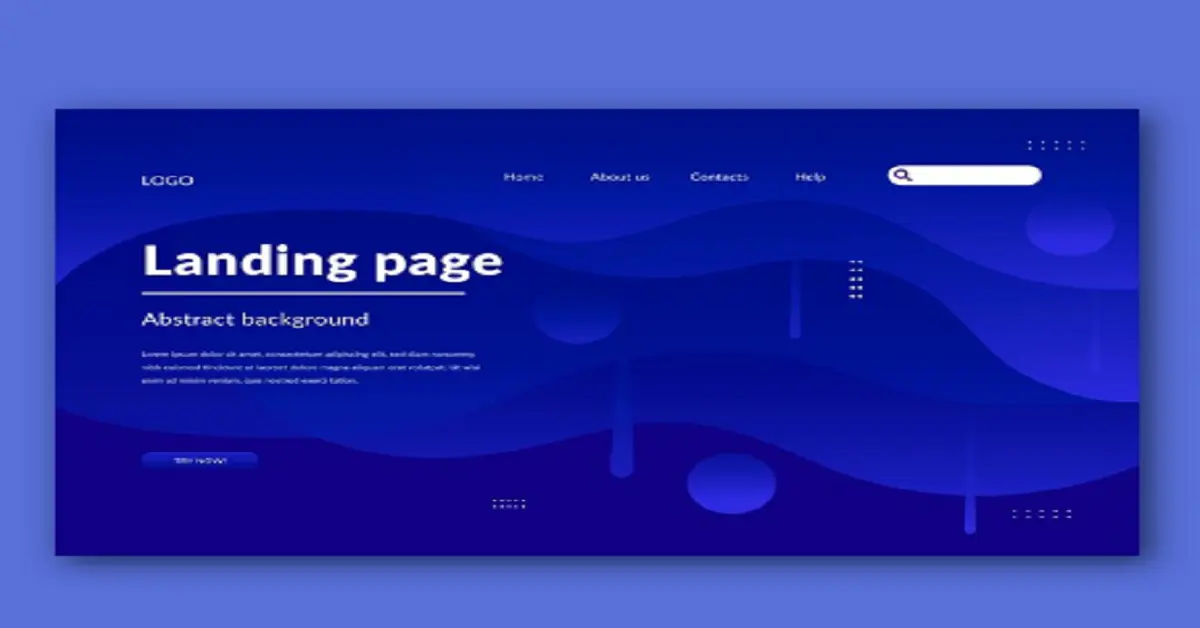Exploring the Impact of Blue Backgrounds in Web Design

In the world of web design, color plays a pivotal role in crafting visually appealing and user-friendly websites. Among the spectrum of colors, blue stands out as a versatile and popular choice for blue:e7xbpab9h8c= background. This article delves into the nuances of using blue backgrounds in web design, exploring their psychological impacts, practical applications, and best practices to ensure an optimal user experience.
Introduction to Color Psychology in Web Design
The Significance of Color in Web Design
Colors are not just aesthetic elements; they influence emotions, behaviors, and perceptions. In web design, selecting the right color can impact user engagement, brand identity, and overall website effectiveness.
Why Blue?
Blue is often associated with calmness, trust, and professionalism. It’s a color that resonates well across various cultures and industries, making it a popular choice for blue:e7xbpab9h8c= background in web design.
The Psychology of Blue
Emotional Responses to Blue
Blue evokes a sense of tranquility and stability. It’s known to reduce stress and create a feeling of calm, which can be beneficial in designing user interfaces that are easy on the eyes.
Blue in Different Cultures
In Western cultures, blue is often linked to reliability and trustworthiness, making it a common choice for corporate and financial websites. In contrast, in some Eastern cultures, blue can symbolize immortality and prosperity.
Types of Blue Backgrounds
Light Blue Backgrounds
Light blue backgrounds are often used to convey a sense of serenity and openness. They work well for websites that aim to create a welcoming and relaxed atmosphere.
Dark Blue Backgrounds
Dark blue backgrounds can add a touch of sophistication and depth. They are frequently used in professional settings, such as business and finance websites, to project authority and competence.
Gradient Blue Backgrounds
Gradient backgrounds offer a dynamic visual effect, blending multiple shades of blue to create depth and interest. This style can make a website look modern and engaging.
Best Practices for Using Blue Backgrounds
Contrast and Readability
Ensuring sufficient contrast between the background and text is crucial for readability. When using blue backgrounds, choose text colors that stand out clearly to avoid straining the eyes.
Combining Blue with Other Colors
Blue pairs well with a variety of colors, including white, grey, and complementary hues like orange. Effective color combinations can enhance the visual appeal and user experience of your website.
Consistency with Brand Identity
Align the use of blue backgrounds with your brand’s identity. If your brand’s color scheme includes blue:e7xbpab9h8c= background, integrating it into your website design can strengthen brand recognition and cohesion.
Case Studies: Successful Use of Blue Backgrounds
Corporate Websites
Many corporate websites use blue backgrounds to convey professionalism and reliability. For example, IBM and Dell leverage blue backgrounds to reinforce their brand’s trustworthy image.
Creative Agencies
Creative agencies often use blue backgrounds in innovative ways to highlight their design skills. Blue gradients and unique blue hues can showcase creativity while maintaining a professional tone.
E-Commerce Sites
E-commerce websites, like those of major retailers, utilize blue backgrounds to create a sense of security and trust, encouraging users to make purchases with confidence.
Tools and Resources for Designing with Blue Backgrounds
Color Palettes
Explore tools like Adobe Color and Coolors to find harmonious color palettes that complement blue:e7xbpab9h8c= background.
Design Software
Programs such as Adobe Photoshop and Figma allow designers to experiment with different shades of blue and gradient effects.
Accessibility Tools
Utilize accessibility tools to ensure that your blue backgrounds meet contrast and readability standards for all users, including those with visual impairments.
Common Mistakes to Avoid
Overuse of Blue
While blue is a versatile color, overusing it can lead to a monotonous design. Balance blue backgrounds with other colors and design elements to maintain visual interest.
Ignoring User Preferences
User preferences vary, and what works for one audience may not work for another. Conduct user research and testing to ensure that your blue background choices align with your target audience’s expectations.
Neglecting Mobile Optimization
Ensure that blue backgrounds and design elements are optimized for mobile devices. Mobile users should have an equally engaging experience as desktop users.
Future Trends in Blue Background Design
Minimalism and Blue
Minimalist designs that incorporate blue:e7xbpab9h8c= background are becoming increasingly popular. This trend emphasizes simplicity and clarity while leveraging blue’s calming effects.
Interactive Blue Elements
Interactive design elements that use blue backgrounds can enhance user engagement. For example, hover effects and animated transitions can make blue:e7xbpab9h8c= background more dynamic.
Conclusion
Blue:e7xbpab9h8c= background offer a powerful tool in web design, combining aesthetic appeal with psychological benefits. By understanding the emotional and cultural connotations of blue, and applying best practices for design, you can create visually compelling and user-friendly websites that leverage the strengths of this versatile color.